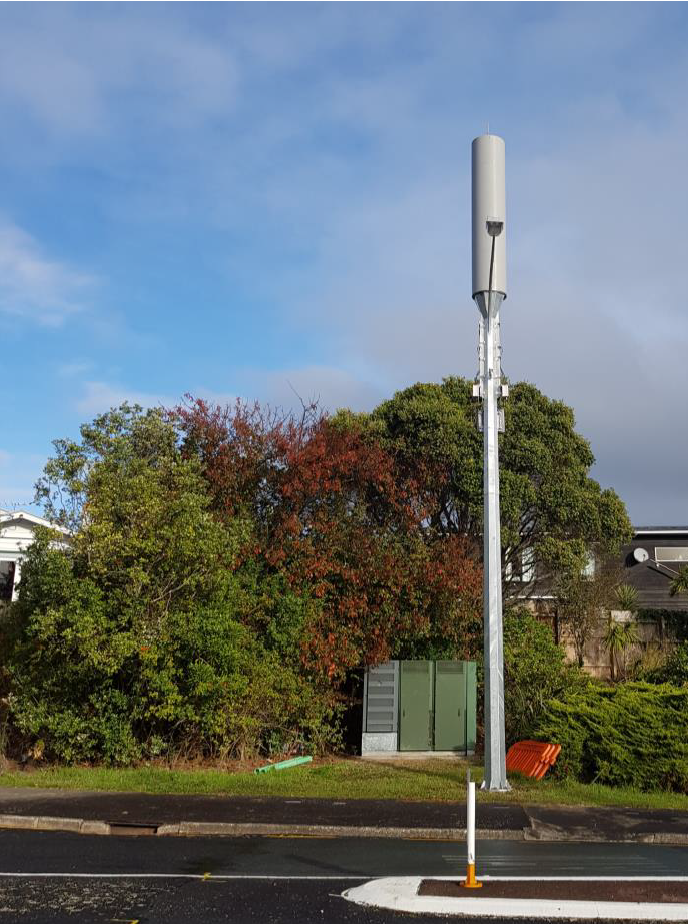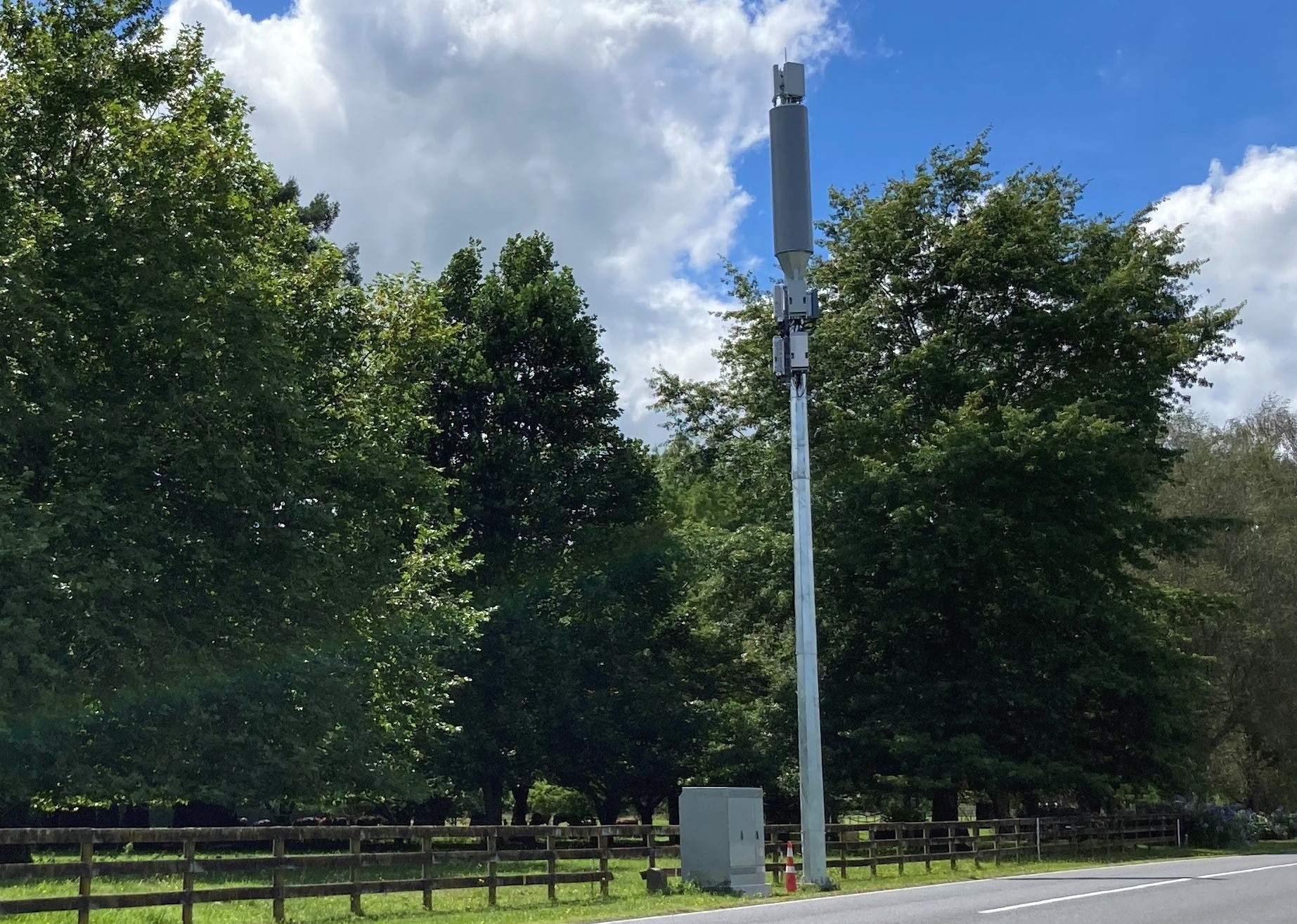We help communities connect to each other and the world
Independently owning a vast network of mobile towers brings great responsibility and a great opportunity for us to deliver essential connectivity for communities.
Growing demand for digital connectivity has increased substantively over the past few years. Last year alone saw demand for mobile data increase by a whopping 60 percent.
To keep up with this demand, which shows no signs of slowing down, mobile network operators want to ensure that all communities have good coverage and capacity so less calls drop off and users have access to mobile internet coverage whether they are at home, on holiday or out and about across the motu.
Telecommunications infrastructure can be built without public consultation under the National Environmental Standards for Telecommunication Facilities Regulation 2016 (NESTF).
However, we want to be a welcome neighbour and effective partner in enhancing the digital connectivity for every community, so along with other network operators and tower companies, we have adopted the Community Engagement Guidelines as set out by the Telecommunications Carriers Forum (TCF). You can read the guidelines here.
In addition to the TCF guidelines we also engage with district councils and community leaders to ensure the location of our cell sites are in the best locations available to us. As community representatives they are best placed to champion access to the social, economic and environmental benefits of digital connectivity for their communities.
Our infrastructure
For a mobile network to efficiently deliver the coverage and speed that people demand, cell sites need to be located as close as possible to where people want to use their devices. Because of this, you will notice our infrastructure in a variety of settings, in both rural and urban areas.
In some cases we are able to integrate the telecommunications equipment with existing infrastructure like street light poles, and in others we build new standalone facilities on road reserves, private land and commercial buildings.

Our footprint
We have a portfolio of over 1,600 towers and 98% coverage of where New Zealanders live, work and play – you can find our locations here. We are strategic partners to mobile network operators, fixed wireless providers and critical communications services.
The build programme for the next decade already includes new and enhanced connectivity throughout New Zealand. From Rakiura to Cape Reinga, every region in Aotearoa will be enhanced, so you may see us out and about in your community and have some questions for us.
Please read on below for answers to commonly asked questions, as well as resources that help give a full picture of the technology and the regulations and standards that we work within.
Key resources and links
Engagement guidelines:
Telecommunications infrastructure can be built without public consultation under the National Environmental Standards for Telecommunication Facilities Regulation 2016 (NESTF).
However, we want to be a welcome neighbour and effective partner in enhancing the digital connectivity for every community, so along with other network operators and tower companies, we have adopted the Community Engagement Guidelines as set out by the Telecommunications Carriers Forum. You can read the guidelines here.
Regulations:
Our sites are built in accordance with all legal requirements under the National Environmental Standards for Telecommunication Facilities 2016 (NESTF). The NESTF is a national planning framework that ensures consistency in the rules surrounding the deployment of telecommunications infrastructure. You can find the NESTF here.
Activities that fall outside of the NESTF are managed through your local council’s district plan.
Safety standards:
Mobile networks adhere to strict safety standards set by the New Zealand Ministry of Health and incorporates substantial safety margins. All of the cell sites in our portfolio operate well within these standards.
For more information about New Zealand’s exposure safety standard visit here.
All cell sites are monitored for exposure from radio frequency fields around the area by an independent body. All results are provided to and published by the Ministry of Health. You can find monitoring reports here.
Cell sites and health:

